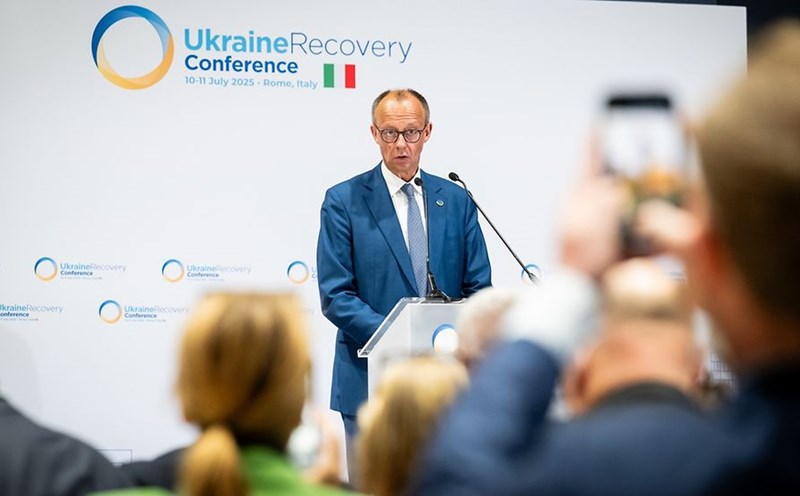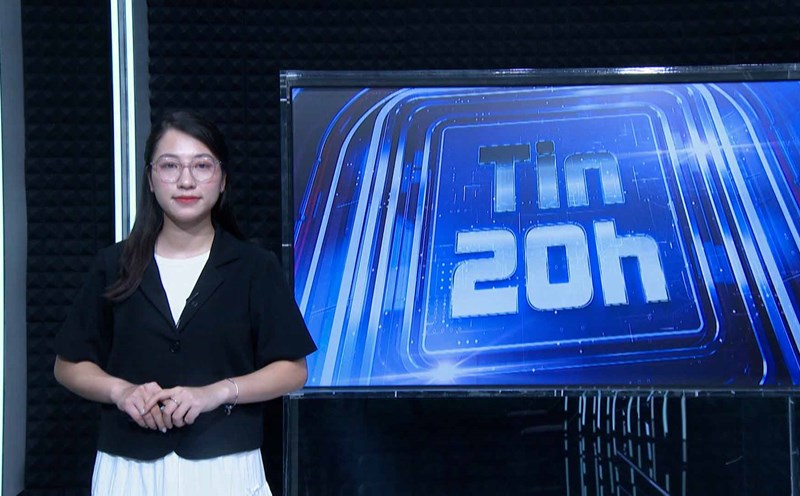The Russian ruble continues to recover strongly and the strict monetary policy of the Russian Central Bank has begun to take effect.
According to the Financial Market Risk Report recently released by the Russian Central Bank, the total amount of foreign currency purchased by domestic enterprises in June only reached 1.6 trillion rubles (about 20.5 billion USD), nearly half of the monthly average of 2024 and the lowest level since July last year.
The Russian Central Bank explains that the main reason is the continued strength of the ruble, while the demand for foreign currency for international payments or defense investment is decreasing.
As of July 11, the ruble has spent 7 consecutive months increasing against the USD. At its peak, the USD exchange rate fell below 75 rubles to 1 USD - the highest level in 2 years - before adjusting to 77.89 rubles/USD.
The Russian Central Bank believes that this steady increase reflects the effectiveness of the high-interest rate policy to control inflation and strengthen confidence in domestic assets.
Current key interest rates continue to attract rubles and ruble-denominated assets, the Russian Central Bank stressed.
Not only businesses, but also Russiaans sharply reduced their foreign currency purchases in June. According to statistics, the amount of foreign currency that individuals net buy through transaction and informal channels reached 77.9 billion rubles (equivalent to 1 billion USD) - down 32% compared to the previous month, and significantly lower than the months of the same period last year.
The central bank said this is a seasonal trend, as tourism demand or foreign currency speculation often stagnates in the middle of the year. In the same period in 2024 and 2023, the decrease was 33% and 58%, respectively.
Since the beginning of the year, the total amount of foreign currency that Russian people have net purchased is 464 billion rubles (nearly 6 billion USD), only half of the same period in 2024.
Although the geopolitical situation continues to be tense, exchange rate fluctuations in the Russian foreign exchange market tend to decrease, reflecting the relatively stability of cash flow and market sentiment.
Observers say that if this trend continues, the ruble could maintain a stable momentum or continue to increase in the short term, especially when Russia maintains a high interest rate policy and tightly controls foreign cash flow.











